No products in the basket.
T-Shirt Guide
How To Stretch Out A Shirt: Easy Method To Expand Shirt Size
Thrift shopping is something I enjoy, hence I always locate unusual shirts that are just a little too tight for my comfort. I recently came over a very great vintage tee with a pattern I couldn’t stop looking at. When I tried it on, though, I found it was tight in all the wrong places. Frustrated, I realized I had to figure out how to stretch out a garment to make it fit correctly.
Ignoring this issue would mean either missing out on wearing a terrific treasure or, worse, having to donate it. Not something I wanted to cope with, tight clothes can limit movement and cause discomfort all day. Fortunately, after some investigation, I found numerous useful techniques on how to stretch out a shirt; today, I would be happy to share these ideas with you!
Understanding Why Shirts Get Tight
Frequent navigator of the fashion industry, I have often questioned why my preferred shirts occasionally feel tighter than I remember. Knowing the causes of this will enable me to make wise decisions on buying and maintaining my clothes.
Common Reasons For Tight Shirts
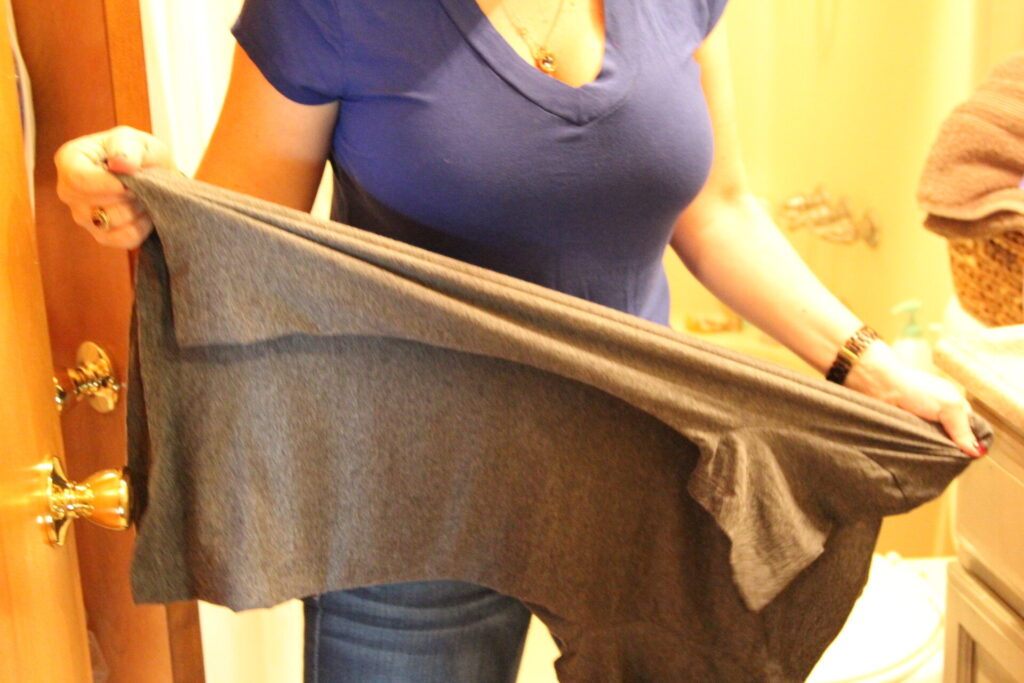
One of the most often occurring causes I have identified for shirts becoming tight is shrinking resulting from washing and drying. Many materials, particularly cotton, can shrink noticeably in the dryer or during the wash cycle under heat. I discovered this the hard way when a particularly hot wash made my favorite shirt a snug fit. I now choose cold water washes and, when practical, air drying to help avoid this.
The kind of fabric and its flexibility also influence things. There is greater stretch to some materials than others. For example, shirts created from blends with spandex often hold their shape better, whereas 100% cotton might be unforgiving. I constantly inspect the fabric composition of new shirts to be sure they suit my comfort requirements.
When To Consider Stretching Your Shirt
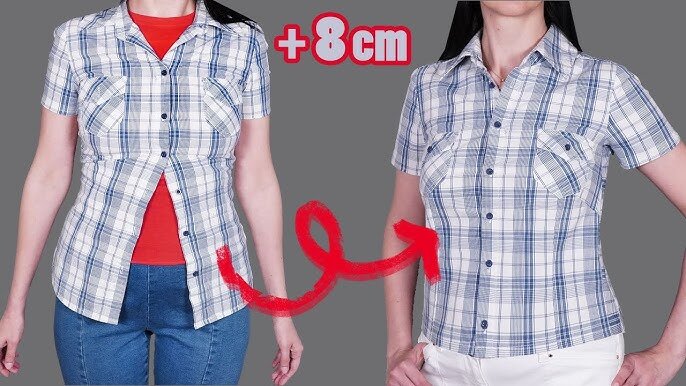
I have to know when a shirt’s fit is just unpleasant rather than unworkable. Stretching might be the answer if I can still move but feel limited. But it’s probably time for me to weigh my alternatives if I can hardly button it or feel as though I’m suffocating.
I also check the general quality of the clothing before turning to stretching. I’m more likely to spend the time and effort expanding a favorite piece with emotional meaning. On the other hand, if it’s simply an inexpensive basic tee, you might be better off letting it go. Knowing these subtleties guides my dress choices to be more wise.
Methods To Stretch Out A Shirt
After discovering that my favorite shirts were a bit too snug, I started experimenting with various methods to stretch them out. Here are the techniques that worked best for me.
Water Method
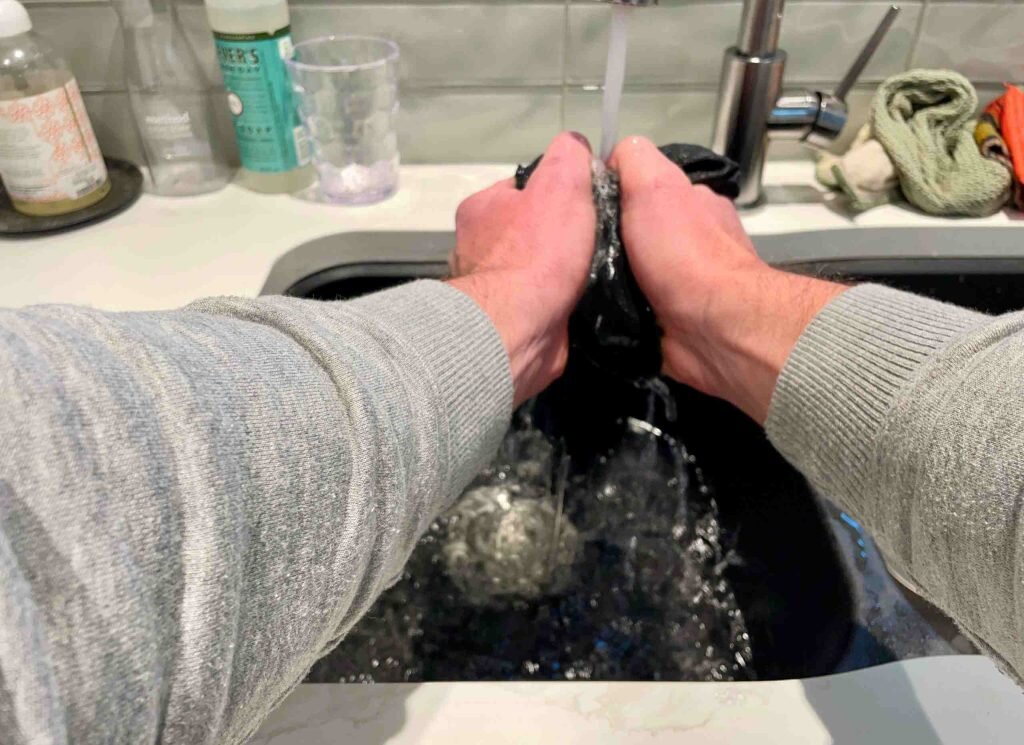
The water method is among the easiest and most successful ones I have discovered. I accomplish this as follows:
First, soak the shirt in lukewarm water from a sink or basin adding a little bit of mild fabric conditioner. I submerge the garment totally and let it soak for around thirty minutes after mixing it. This lets the fibers loosen.
After soaking, I take the shirt and gently squeeze out extra water—though I avoid wringing it out. I put the still-damp shirt flat on a fresh towel and begin to gently stretch it. I concentrate on the tight spots and gently and evenly tug the fabric until it fits exactly.
At last, I straighten the shirt to its natural shape and let it air dry. Usually, this approach produces outstanding results without compromising the fabric.
Heat Method
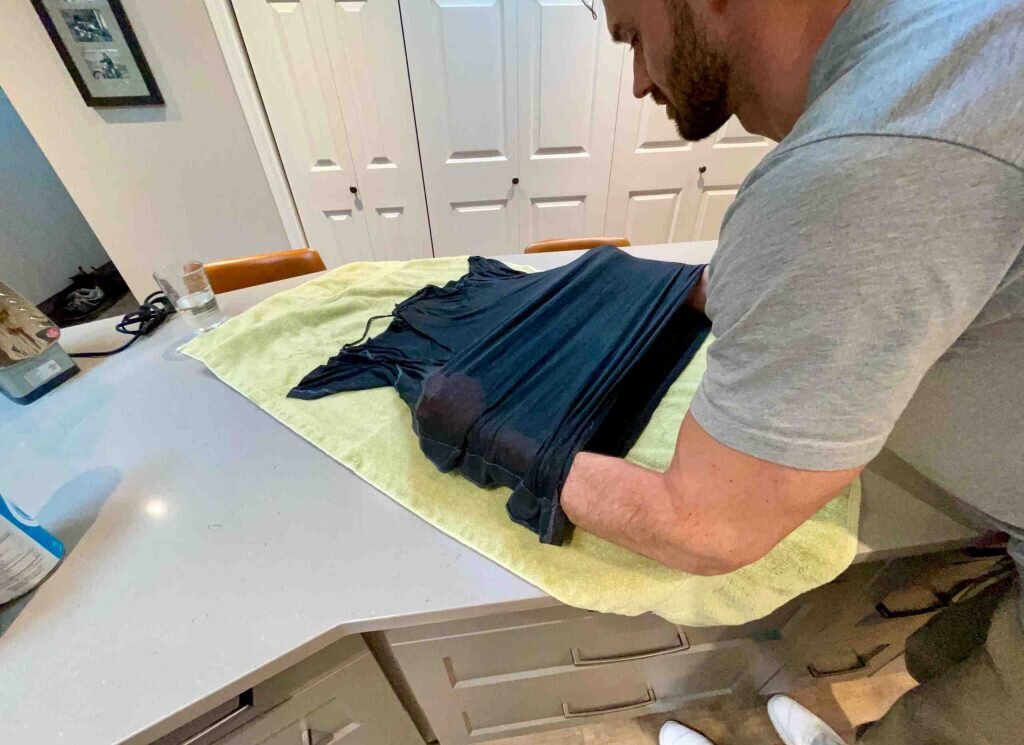
Another way I have found effective is the heat method. Here is my method step by step:
I grab my hairdryer after setting the clothing on a hanger in step one. I hold it roughly 6 to 8 inches away from the cloth and set it on medium heat. For roughly one to two minutes, I move the dryer back and forth concentrating on the tight places.
While the fabric is warm and flexible, I gently stretch it in the places that call for it using my hands. To keep the shirt’s shape, I always ensure to stretch uniformly.
I let the shirt cool down while still hanging in step three, following stretching. This allows the fabric to keep its fresh shape.
I usually keep the hairdryer far enough to avoid overheating, which may harm the fibers or alter the color of the garment.
The Wear-And-Stretch Method
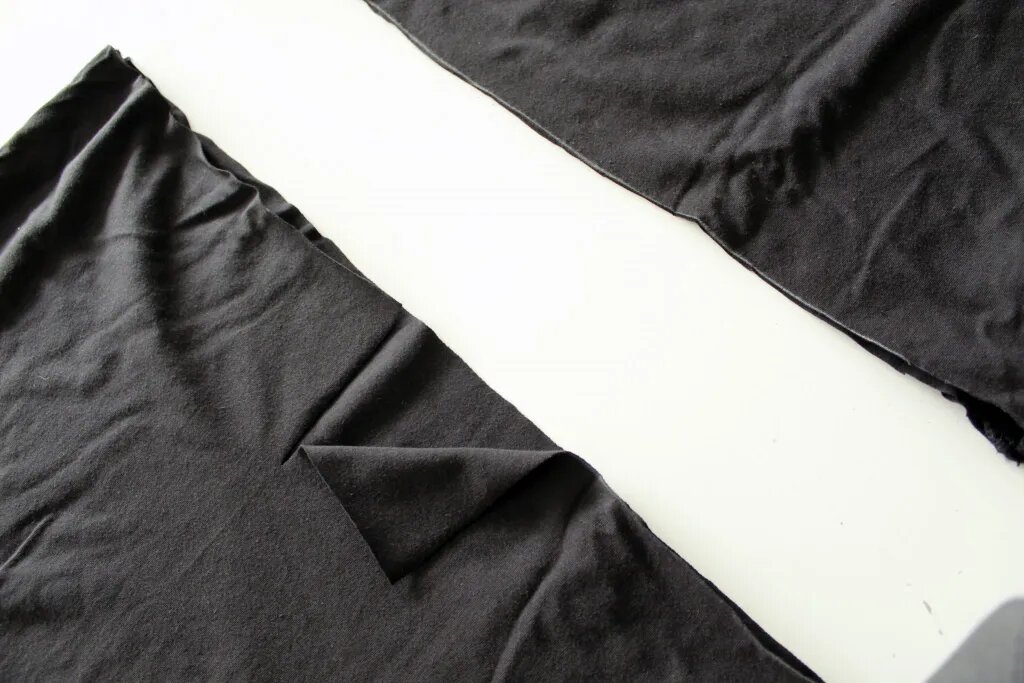
Finally, the wear-and-stretch method has become one of my favorites. Here’s how I incorporate it into my daily routine:
First, I put on the tight shirt and go about light housework including stretching, walking, or even dancing. The fabric should be softly stretched by movement.
Focus on areas in second step. I deliberately try to elongate the tight-feeling places as I move. To generate strain on the fabric, I might, for instance, bend forward or raise my arms above my head.
I have to make sure I am at ease performing this. I keep my motions light and steer clear of anything too demanding that could tear the shirt.
Additional Tips For Long-Term Care
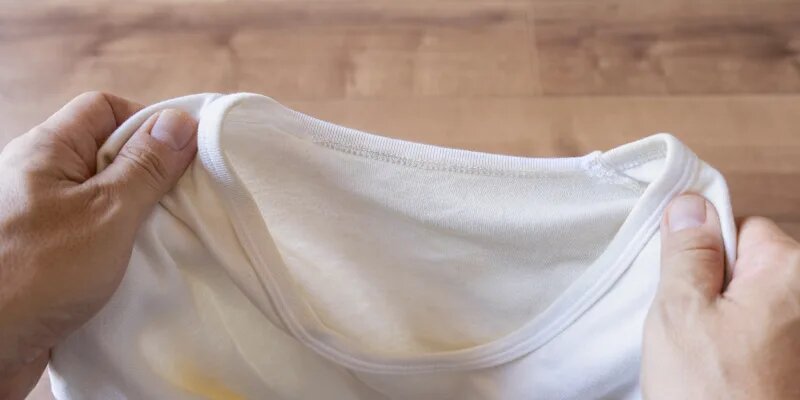
After successfully stretching out my shirts, I realized that maintaining their fit is just as important. Here are some tips I’ve gathered for long-term care.
Preventing Future Tightness
To keep my favorite shirts from becoming tight again, I pay close attention to washing and drying practices. Here’s what I do:
Washing: I always wash my shirts in cold water. This helps prevent shrinkage, especially for cotton fabrics. I also use a gentle cycle, which minimizes the agitation that can distort the fabric.
Drying: When it comes to drying, I try to air dry my shirts whenever possible. If I must use a dryer, I set it to low heat and remove the shirts while they’re still slightly damp. This way, they don’t get overly hot and shrink.
Another key factor is choosing the right fabric for comfort. I’ve learned that shirts made from blends with a little spandex or polyester tend to hold their shape better than pure cotton. When I shop, I look for fabrics that offer a good balance of stretch and breathability, making for a more comfortable fit.
When To Consult A Professional
Sometimes, in spite of my best attempts, stretching is insufficient. I know when it would be appropriate to start thinking about professional assistance as follows:
Indicing that suggest stretching might not be enough: A garment may have shrunk too much if I find permanent wrinkles in the fabric or if a shirt seems still snug even after trying the stretching techniques. I also know I have to act if seams begin to pull or fabric exhibits wear.
Customizing as a Different Approach: In these situations, I consider seeing a tailor. One great way to fit differently without sacrificing the integrity of the garment is with customizing. To fit perfectly, a talented tailor might cut particular places or let out seams. Although it could be a little outlay, keeping a beloved shirt is usually well worth it.
FAQs About How To Stretch Out A Shirt
Could I Stretch A Shirt That Has Already Shrunk?
Indeed, you can elongate a previously shrinking clothing. The most successful techniques are the heat approach—where you warm the cloth before stretching—or the water method, in which you immerse the garment in lukewarm water and gently stretch it. Remember that the type of fabric will affect the outcomes, hence some shirts might not stretch back to their original size.
Would Stretching My Shirt Ruin The Fabric?
If done wrong, stretching your shirt could perhaps ruin the fabric. Always employ mild techniques to reduce the risk, such soaking in lukewarm water or using low heat from a hairdryer. Steer clear of using too much heat or pulling too hard since this might cause fabric distortion or perhaps tears. If you’re not sure, start with little stretches and progressively extend as needed.
How Can I Stop My Shirts From First Becoming Tight?
Use excellent washing and drying techniques to help your shirts stay free from tightness. Always wash in cold water; steer clear of excessive heat during drying;, if at all feasible, air dry. Furthermore, take into account selecting shirts composed of fabric combinations with more stretch, such as cotton-spandex blends, since they usually preserve their shape better than 100% cotton.
Conclusion
Knowing how to stretch out a shirt is a really useful ability on my search for the ideal fit for my clothes. Everything approach—from the water treatment to providing heat to just wearing the shirt to get it to relax—has benefits. Using correct washing and drying techniques can help me avoid future tightness and make sure my favourite items remain comfortable and wearable.
For a visual guide on these techniques, check out this helpful video:

I am Estelle Krattinger, a multi-talented creative artist from Paris, France. Known for my captivating photography and enchanting storytelling, I have garnered a dedicated following on Instagram, where I share glimpses of my artistic journey and creative pursuits. With an impeccable eye for detail and a passion for exploring the beauty in the mundane, my work showcases my unique perspective and artistic vision.
